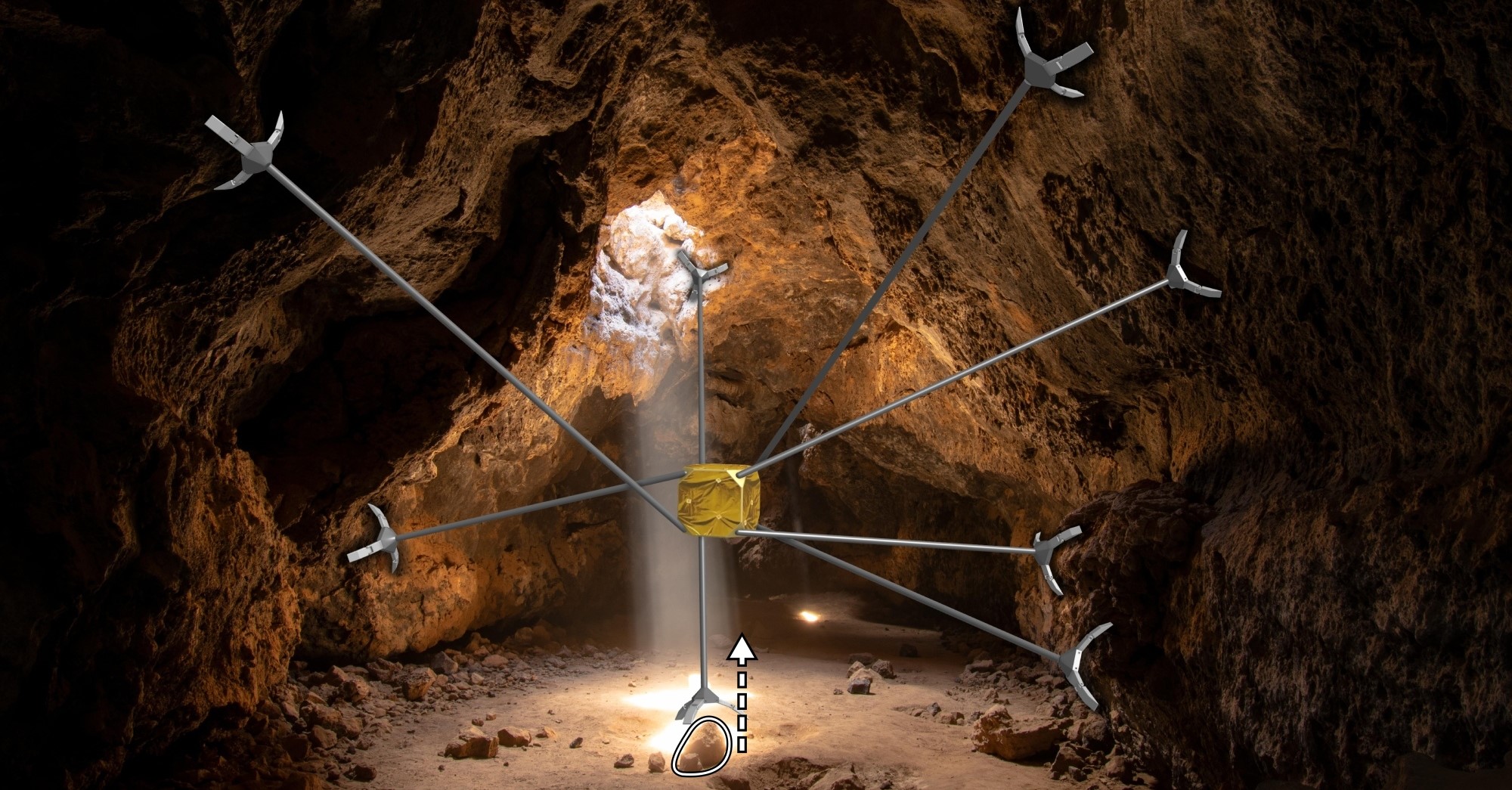
ReachBot, a proposed robotic platform, employs extendable booms as limbs for mobility in challenging environments, such as martian caves. When attached to the environment, ReachBot acts as a parallel robot, with reconfiguration driven by the ability to detach and re-place the booms. This ability enables manipulation-focused scientific objectives: for instance, through operating tools, or handling and transporting samples. To achieve these capabilities, we develop a two-part solution, optimizing for robustness against task uncertainty and stochastic failure modes. First, we present a mixed-integer stance planner to determine the positioning of ReachBot's booms to maximize the task wrench space about the nominal point(s). Second, we present a convex tension planner to determine boom tensions for the desired task wrenches, accounting for the probabilistic nature of microspine grasping. We demonstrate improvements in key robustness metrics from the field of dexterous manipulation, and show a large increase in the volume of the manipulation workspace. Finally, we employ Monte-Carlo simulation to validate the robustness of these methods, demonstrating good performance across a range of randomized tasks and environments, and generalization to cable-driven morphologies.

ReachBot is a proposed robotic concept for enhanced mobility in challenging environments,
such as martian lava tubes. Using deployable booms as reconfigurable prismatic joints, ReachBot can extend
and traverse across large regions, accessing hard-to-reach areas of scientific interest.
However, to truly perform interesting science in these environments, and to set itself apart from more
traditional rovers, ReachBot must also have manipulation capabilities.
Consider a sample extraction task: NASA may be interested in taking a geological sample from a
hard-to-reach area of the Moon or Mars. This will require a robot like ReachBot to:

To do this, we create a two-part system which optimizes the ReachBot configuration and the tensions in
each boom. We use concepts from dexterous manipulation (task ellipsoids and wrench spaces) to form our
optimization problem, which optimizes for the worst-case disturbance wrench (a force and torque) in the
task.
This allows ReachBot to safely execute tasks such as the following, while maintaining stability:
Please refer to the paper (linked at the top of the page) for more details
ReachBot in the media:
NASA: ReachBot: Small Robot for Large Mobile Manipulation Tasks in Martian Cave Environments
CNN: Meet the explorer that could be 1st to search for life in Martian caves
Stanford Engineering: The limitations of being human got you down? There's a robot for that
Previous ReachBot papers:
ReachBot: A Small Robot for Large Mobile Manipulation Tasks
ReachBot: A Small Robot with Exceptional Reach for Rough Terrain
Motion Planning for a Climbing Robot with Stochastic Grasps
Designing ReachBot: System Design Process with a Case Study of a Martian Lava Tube Mission
Detecting Grasping Sites in a Martian Lava Tube: Multi-Stage Perception Trade Study for ReachBot
A Skeleton-based Approach For Rock Crack Detection Towards A Climbing Robot Application
Workshop papers/abstracts:
Designing for Unconventional Mobility and Manipulation in Space Robotics
@inproceedings{morton2024reachbot,
author={Morton, Daniel and Cutkosky, Mark and Pavone, Marco},
booktitle={2024 IEEE/RSJ International Conference on Intelligent Robots and Systems (IROS)},
title={Task-Driven Manipulation with Reconfigurable Parallel Robots},
year={2024},
pages={9924-9930},
doi={10.1109/IROS58592.2024.10801313},
}